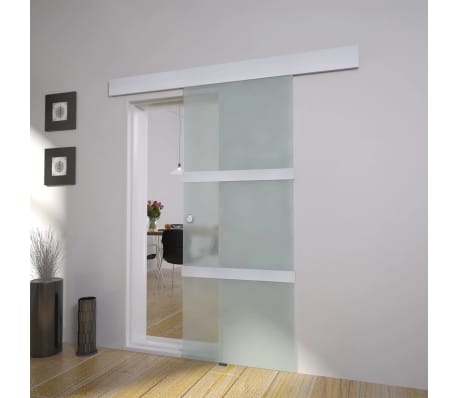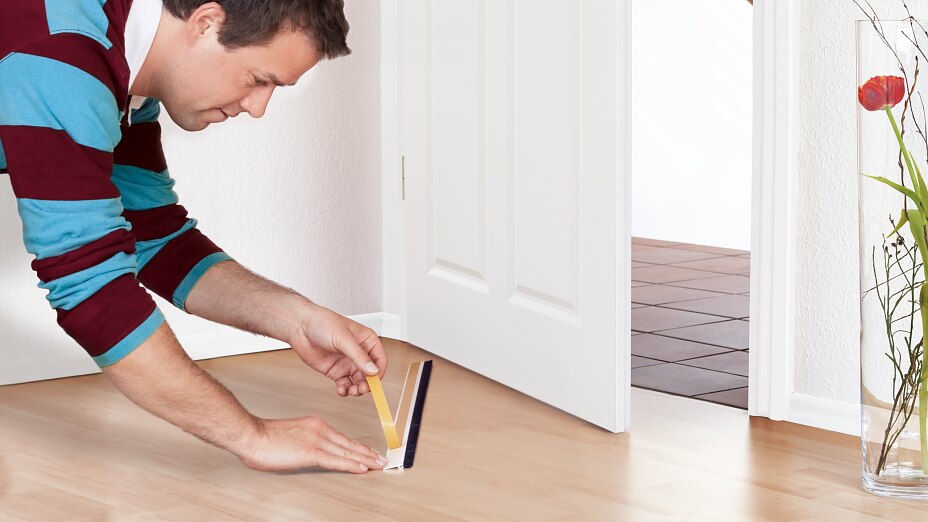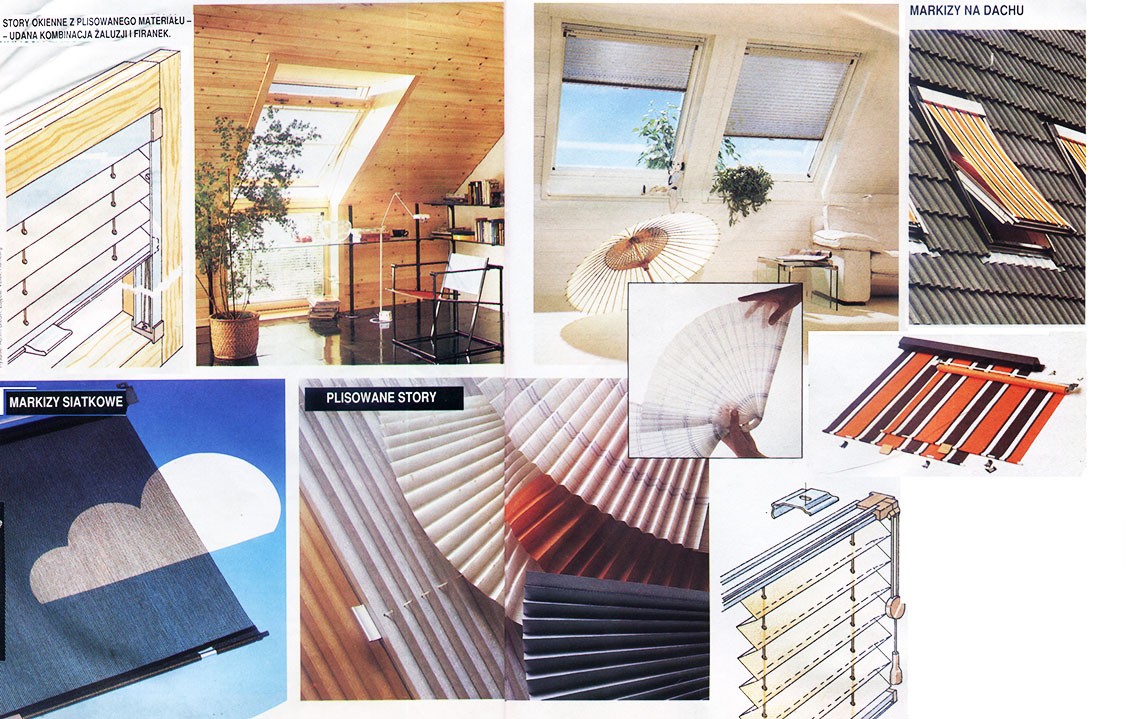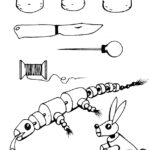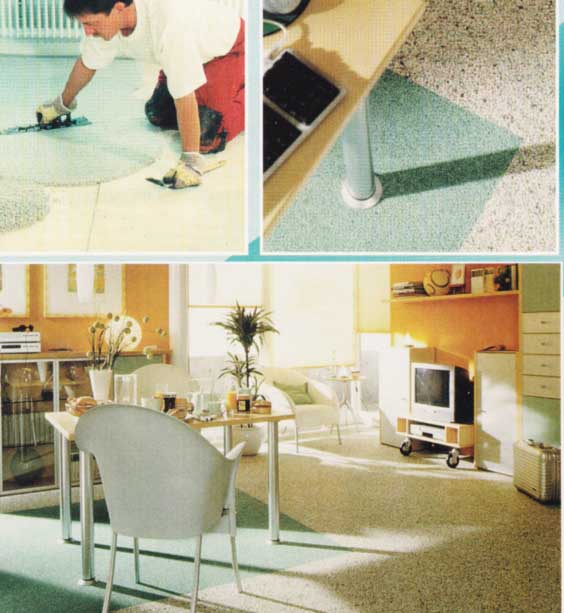 Forniry oraz warstwy dekoracyjne mają przeważnie pionowy rysunek słojów. O tym, że można też inaczej, świadczy powyższe zdjęcie skrzydła drzwiowego. Wewnątrz pionowego obramowania pokrytego fornirem umieszczono warstwę środkową, oklejoną poprzecznymi pasami ze szlachetnego forniru. Wygląda to nie tylko ekskluzywnie – jak w przypadku przedstawionego tu forniru z jasnego dębu – ale sprawia, że wąskie drzwi wydają się szersze niż są w rzeczywistości. Dodatkowym atutem szlachetnej okładziny jest żywa gra świateł i odcieni.
Forniry oraz warstwy dekoracyjne mają przeważnie pionowy rysunek słojów. O tym, że można też inaczej, świadczy powyższe zdjęcie skrzydła drzwiowego. Wewnątrz pionowego obramowania pokrytego fornirem umieszczono warstwę środkową, oklejoną poprzecznymi pasami ze szlachetnego forniru. Wygląda to nie tylko ekskluzywnie – jak w przypadku przedstawionego tu forniru z jasnego dębu – ale sprawia, że wąskie drzwi wydają się szersze niż są w rzeczywistości. Dodatkowym atutem szlachetnej okładziny jest żywa gra świateł i odcieni.
Komu nie podoba się drewno lub nawet szkło, może jeszcze zdecydować się na stal szlachetną. Rzeczywiście: skrzydło drzwiowe wykonane z tego materiału jest z pewnością niecodzienne. Gładką nawierzchnię zdobią różne wytłoczenia, wzory i ozdoby, aby uniknąć wrażenia jednolitej, masywnej powierzchni. Ościeżnicy nadaje się najczęściej kolorystykę kontrastującą z płytą drzwiową.
Przyglądając się dokładnie przekrojowi nowej ościeżnicy można wyraźnie zauważyć owalny kształt przekrojonego jaja. Właśnie ów kształt leżał u podstaw nowej linii wzorniczej. Kolejny istotny szczegół: krawędź płyty drzwiowej i krawędź ościeżnicy znajdują się na jednej wysokości. Stosowana zwykle zakładka jest tutaj po prostu niepotrzebna. Mimo to drzwi posiadają naturalnie przylgę, chociaż została ona delikatnie zamaskowana. W wyrafinowany sposób rozwiązano również kwestię zamka drzwiowego i klamki, które stanowią oddzielny element wzorniczy. Dodatkowe akcenty można uzyskać poprzez zmianę materiału (kamień lub drewno), koloru lub kształtu nawierzchni skrzydła drzwiowego. Oczywiście możliwe są też różne wypełnienia płyty drzwiowej.


